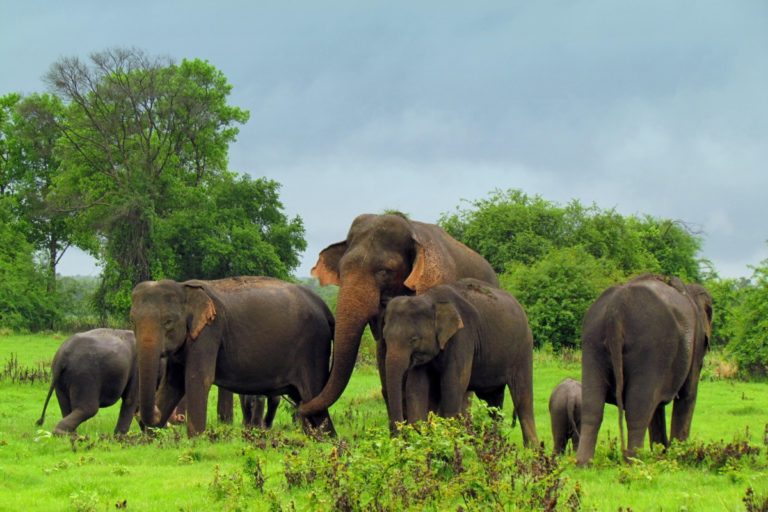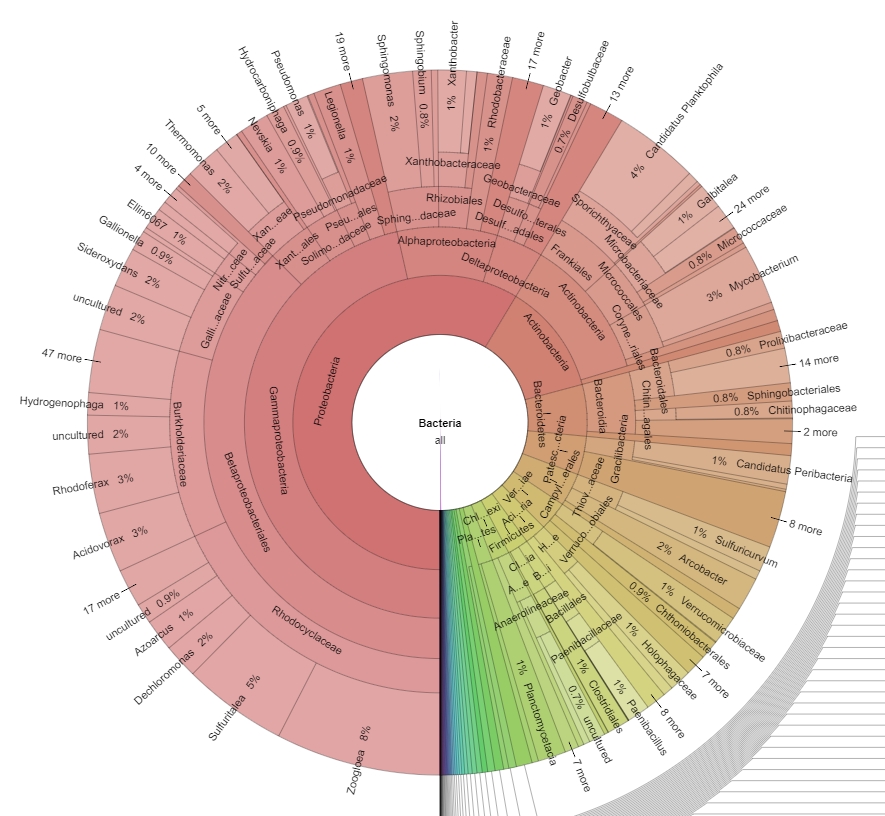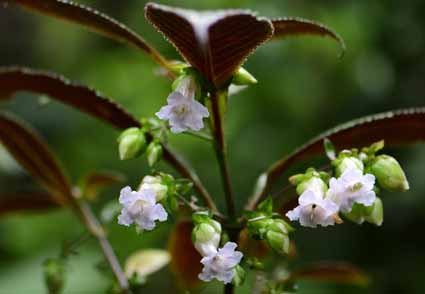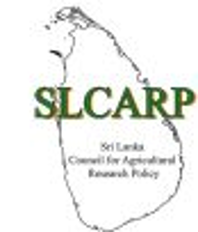
Key personnel: Ms. Tharuka Dilhani
Transcriptomics to farmer field: a system biology approach for commercializing root parasitic Santalum album (Sandalwood)
Duration
June 2016 - June 2019
Funding Agency
Sri Lanka Council For Agricultural Research Policy
Leader
Prof P.C.G. Bandaranayake
Investigators
Prof. John I. Yoder, UCDavis, University of California
Sandalwood (Santalum album L.) is world-famous for its scented heartwood and essential oils with multiple uses. Sandalwood is an aggressive root hemiparasite and invading a suitable host accelerates its growth. Further, propagation through seeds creates a huge genetic variation that reflects in quality and quantity of harvest. Because of these biological limitations, commercial-scale cultivation of this high-value crop is not popular. Present work focused on utilizing a system biology approach for addressing major issues in commercial-scale cultivations. Row transcriptomics data in the public domain was used for assembling transcriptome, identification of oil biosynthetic genes, and developing SSR markers for important genes. SSRs developed using a newly developed bioinformatics pipeline were validated with laboratory data. Tissue-specific expression patterns were studied and HPLC analysis confirmed the association of gene expression and biochemical composition. SSR genotyping and HPLC analysis helped A direct organogenesis protocol was optimized from axillary bud culture for commercial-scale clonal propagation of identified superior genotypes. Young Sandalwood plants were grown in a rhizotone system with different hosts with commercial value for identification of preferred hosts for early growth. Legumes are better hosts in general while Sandalwood, Butterfly pea (Clitoria ternatea) association resulted in the highest number of haustoria and best growth performance of Sandalwood. Butterfly pea flower is used in the beverage industry and most parts of the plants are used for medicinal purposes. Therefore, it will provide an additional income to the grower during the early stage. Training and extension work continue to introduce our newly developed package to farmers and commercial growers.




.png)
















